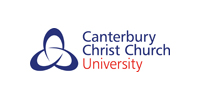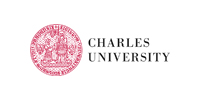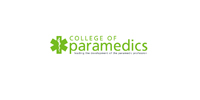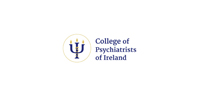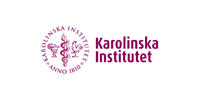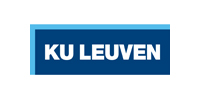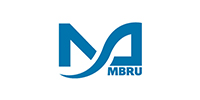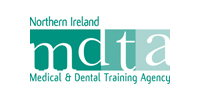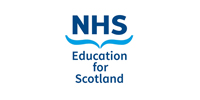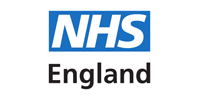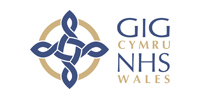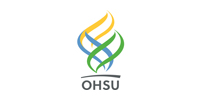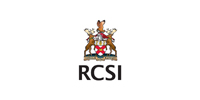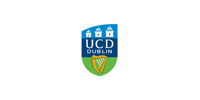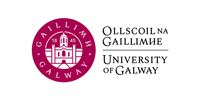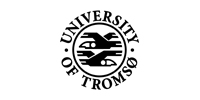In the realm of medical education, where the integration of theoretical knowledge and practical skills is crucial, an ePortfolio system emerges as a vital tool for students. An ePortfolio, or electronic portfolio, is not just a digital collection of documents; it is a comprehensive platform that helps medical students reflect on their learning journey, showcase their skills, and prepare for their future careers in healthcare.
Let’s delve into what an ePortfolio system for medical students entails, the benefits it provides, its essential components, and tips for creating an effective one.
Understanding the ePortfolio System for Medical Students
An ePortfolio system tailored for medical students serves as a structured digital repository where they can document their academic achievements, clinical experiences, skills, and reflections throughout their medical training. This system not only facilitates the assessment of competencies but also encourages continuous learning and self-improvement.
Key Components of an ePortfolio
There are many elements to consider including in an ePortfolio. However, here are some of the key components.
Introduction or Summary
A brief section where you introduce yourself, share your goals, and outline what visitors can expect to find in your ePortfolio.
Resume and CV
A digital version of your resume or curriculum vitae, showcasing your work history, skills, education, and certifications.
Clinical Experiences
Documentation of clinical rotations, internships, and volunteer work. This can include case studies, logs of procedures performed, and narratives that describe specific patient interactions or learning experiences.
Reflective Practice
A crucial component that encourages self-reflection on various experiences; clinical encounters, didactic learning, and personal development. This helps in recognising strengths and areas for improvement.
Skills Assessment
A section to identify and demonstrate essential medical skills, including communication, clinical techniques, and professionalism. This could involve peer assessments, self-assessments or mentor reviews.
Professional Development
Documentation of attendance at conferences, workshops, and courses that contribute to your ongoing professional growth.
Multimedia Events
Integration of videos, images, and presentations from conferences or community outreach that enrich your ePortfolio and provide tangible demonstration of your skills and learning.
Benefits of an ePortfolio
Enhanced Learning
The ePortfolio encourages students to reflect on their experiences continually, solidifying their learning and fostering critical thinking.
Comprehensive Learning
It provides a holistic view of a student’s progress and competencies, making it easier for educators to assess capabilities in various domains.
Showcase of Skills
Medical students can use their ePortfolios as a dynamic tool to showcase their achievements and competences to potential employers or residency programs.
Personalised Education
Each student’s ePortfolio reflects their unique journey, allowing for tailored feedback and development based on individual strengths and weaknesses.
Networking Opportunities
Sharing your ePortfolio with peers, mentors, and professionals can lead to valuable connections and opportunities in the medical field.
Tips for Creating Your Medical Student ePortfolio
- Select the Right Platform: Choose an ePortfolio platform that is user-friendly and caters to your specific educational needs. Qpercom has recently embedded an ePortfolio system within their assessment platform.
- Organise Content Logically: Structure your ePortfolio in a way that is easy to navigate. Use clear headings and sections that reflect your medical education journey.
- Highlight Key Experiences: Focus on quality content by selecting the most significant clinical experiences, reflections, and projects that truly showcase your growth and learning.
- Regularly Update Your ePortfolio: Make it a habit to add new experiences, reflections, and achievements to ensure your ePortfolio accurately represents your current status and skills.
- Engage in Peer Review: Share your ePortfolio with classmates or mentors for constructive feedback. This input can lead to valuable improvements and enhancements.
- Maintain Professionalism: Ensure your ePortfolio maintains a professional tone and appearance. Avoid using overly casual language or unprofessional photos.
For medical students, an ePortfolio system is more than just a digital archive of work; it is a powerful tool that encapsulates their learning journey and professional development. By providing a structured yet flexible platform, ePortfolios encourage reflection, showcase competencies, and facilitate growth in the highly demanding field of medicine.
Whether you are just starting your medical education or are nearing graduation, creating an effective ePortfolio will serve you well, helping you articulate your experiences and aspirations in a way that resonates with educators, peers, and future employers.
Start building your ePortfolio today and take a proactive step toward your future in healthcare.


